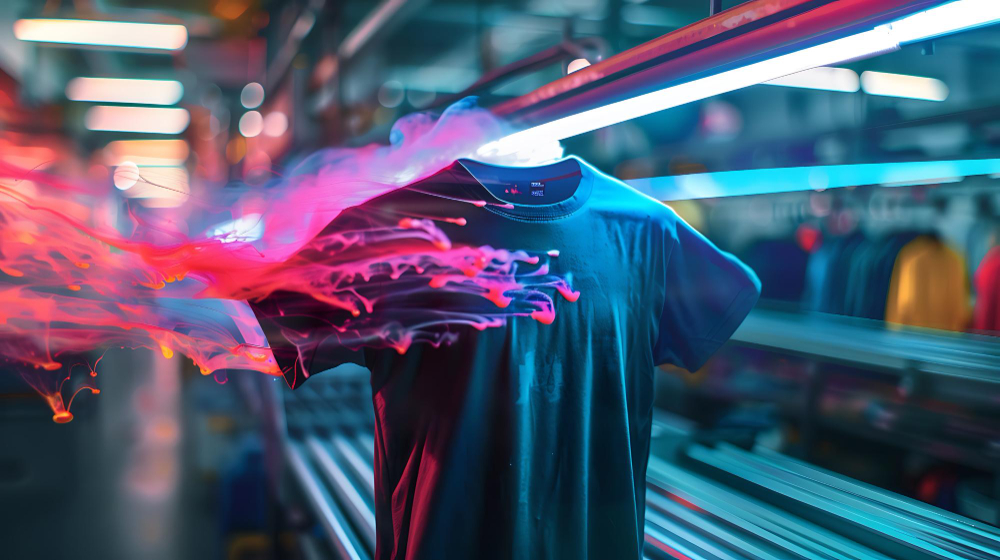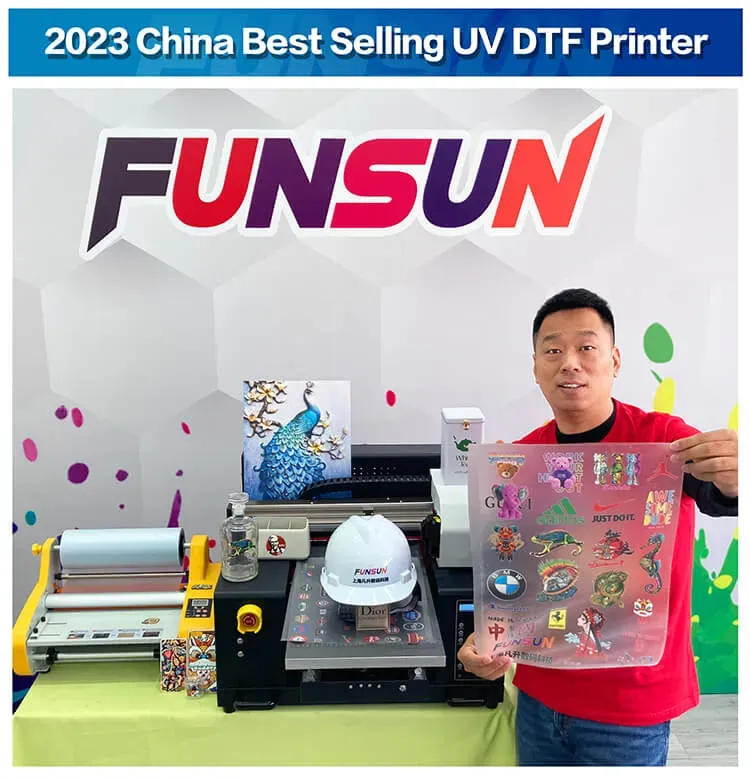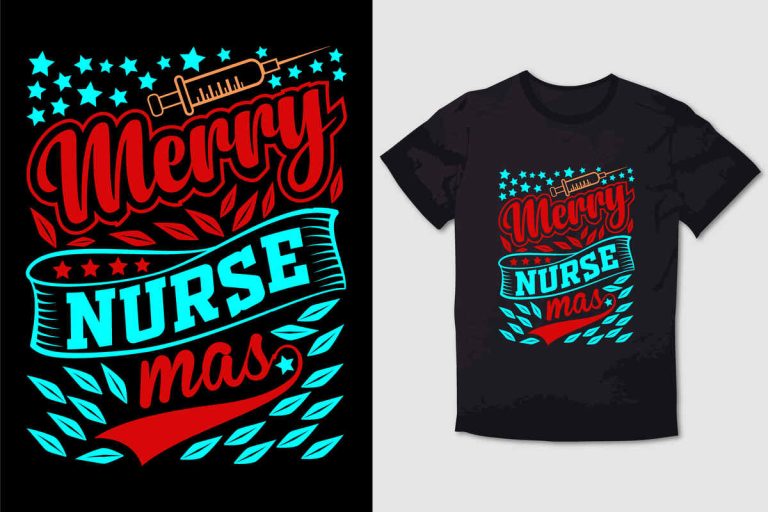UV DTF printing, or UV Direct to Film printing, is revolutionizing the printing industry with its innovative approach to achieving high-quality outputs. This advanced method leverages cutting-edge ultraviolet curing technology, allowing for quick drying times and vibrant colors that stand the test of time. By utilizing UV inks that solidify under UV light, users gain the ability to print on a diverse range of substrates, from plastics and textiles to wood and metals. As the demand for durability and precision increases, UV DTF printing stands at the forefront, ensuring print quality optimization across various applications. Discover how this remarkable technique is reshaping the landscape of UV printing techniques and setting new standards in the world of direct to film printing.
Known by various names, UV Direct to Film printing combines traditional direct-to-film strategies with modern UV curing processes to deliver exceptional print quality. This method harnesses UV-curable inks that harden swiftly upon exposure to UV light, allowing creators to produce stunning, long-lasting prints on an array of materials. The versatility of UV DTF technology empowers users to explore unique applications across different industries, making it a favored choice among professionals. By adopting advanced techniques associated with UV printing, businesses can elevate their output while maximizing the efficiency of their printing operations. As this groundbreaking technology continues to evolve, its impact on the printing sector is sure to be profound.
Understanding UV DTF Printing Technology
UV Direct to Film (DTF) printing profoundly transforms the traditional printing landscape through its innovative use of UV curing technology. This method combines characteristics of direct to film printing with the superior durability of UV inks. At the core of this process lies the utilization of UV light to cure inks instantly upon printing, allowing for quick production times and heightened efficiency in various applications. UV DTF printing caters to a wide array of surfaces, setting it apart from conventional printing methods that might be limited to specific types of substrates.
This advanced printing technology not only improves the adherence of prints but also enhances the overall vibrancy and detail, making it an ideal choice for custom designs and high-quality applications. With its rapid curing times, UV DTF printing becomes accessible for both small businesses and large-scale production needs, appealing to a diverse clientele. Landlords looking to brand their properties or businesses interested in promotional merchandise find UV DTF printing to be a versatile solution.
Benefits of UV Curing in Printing
The benefits of UV curing in printing are profound, standing at the forefront of advancements in the printing industry. Traditional printing inks often require substantial drying time, which can slow down production and increase costs. In contrast, UV curing technology instantly hardens the inks, producing prints that are immediately ready for handling and packing. This remarkable efficiency streamlines workflows and boosts productivity while minimizing idle machine time.
Moreover, UV-cured prints exhibit exceptional resilience under various environmental conditions. The prints are less prone to fading, scratching, and cracking, ensuring that they maintain their quality and aesthetic appeal over time. This durability is particularly crucial for businesses that require long-lasting materials. With UV-cured prints, operators can also expect a broader color range, delivering brilliant visuals that capture attention.
Choosing the Right Printer for UV DTF
Selecting the right printer is a critical step in achieving successful UV DTF printing. With numerous options available in the marketplace, it is essential to choose a machine that supports advanced UV LED technology. Brands like Mimaki and Roland have established themselves as leaders by offering printers that not only deliver high print quality but also support a wide range of substrates, from textiles to rigid materials. When making a selection, consider the printer’s compatibility with flexible substrates to allow for greater versatility in projects.
Additionally, evaluating the printer’s specifications is crucial for maximizing performance. This includes assessing print speed, resolution, and the overall build quality of the machine. Investing in a commercial-grade UV DTF printer often results in improved productivity and less downtime due to maintenance or operational issues. The right printer can make the difference between a successful print shop and one that struggles to keep up with client demands.
The Importance of Material Compatibility
Material compatibility plays a vital role in the success of UV DTF printing. Given its capability to print on various substrates, having a comprehensive understanding of how different materials interact with UV inks is essential. Materials such as fabrics, plastics, woods, and metals have unique properties that can influence the adhesion and longevity of the print. Conducting preliminary adhesion tests on potential substrates helps validate compatibility, ensuring that the UV DTF prints maintain their integrity during use.
In addition, ensuring proper pretreatment of surfaces can significantly enhance the outcome of prints. For instance, ionized air or heat treatments may be necessary for non-porous materials to improve surface energy, leading to better ink adhesion. Knowing how to prepare each specific substrate sets the stage for high-quality prints, maximizing the capabilities of UV DTF printing technology.
Artwork Preparation and Optimization
Artwork preparation is a crucial aspect of the UV DTF printing process that can greatly affect the final product’s quality. To achieve the best results, it is recommended that artwork files are optimized accurately, taking into account the specific requirements of the printing technology. Rasterized images, often preferred for their intricate details, can deliver sharper outcomes compared to vector files, which may need adjustments to suit the printing specifications.
Moreover, attention to color profiles and resolution can significantly improve print quality. By ensuring that designs adhere to the capabilities of UV DTF printers, you can avoid issues like unexpected color shifts or pixelation. Adequate preparation of artwork not only streamlines the printing process but also enhances client satisfaction through the delivery of visually stunning results.
The Curing Process in UV DTF Printing
The curing process is fundamentally important in UV DTF printing, impacting the longevity and vibrancy of the final product. Proper curing ensures that the UV inks bond effectively to the substrate, leading to prints that withstand the test of time. Factors such as UV lamp intensity and print head speed must be adjusted according to the thickness and type of media being printed on.
Inadequate curing can lead to issues such as ink smudging or poor adhesion, which can jeopardize the integrity of the prints. Therefore, understanding the optimal curing conditions for different substrates is essential. Taking the time to calibrate settings for each project not only enhances the quality of the prints but also reduces the likelihood of required reprints, ultimately saving time and resources.
Frequently Asked Questions
What is UV DTF printing and how does it differ from traditional DTF techniques?
UV DTF printing, or UV Direct to Film printing, represents a modern evolution of direct to film techniques by incorporating UV curing technology. Unlike traditional DTF methods that typically use water-based inks, UV DTF utilizes UV-curable inks that harden when exposed to ultraviolet light, ensuring faster drying times and enhanced durability, resulting in superior print quality.
What materials can be used for UV DTF printing?
UV DTF printing is highly versatile and can be applied to a wide range of substrates, including textiles, plastics, wood, and metals. This adaptability allows users to explore diverse applications, making UV DTF an excellent choice for various printing projects.
How important is pre-treatment of substrates in UV DTF printing?
Pre-treatment of substrates is crucial for UV DTF printing as it enhances ink adhesion, especially on non-porous surfaces. Techniques such as using ionized air or applying heat increase surface energy and promote better binding of UV inks, leading to higher print quality and longevity of the finished product.
What factors should be considered when selecting UV inks for DTF printing?
When choosing UV inks for DTF printing, prioritize high-quality inks that offer a broader color range, reduced fading, and greater flexibility. Look for inks designed specifically for UV curing as they will provide improved durability and vibrancy in the final prints, essential for achieving optimal results.
What are some common troubleshooting tips for UV DTF printing issues?
Common issues in UV DTF printing, such as ink smudging or insufficient curing, can often be resolved by ensuring proper maintenance of the printer, adjusting the curing settings, and maintaining optimal print head conditions. Keeping detailed records of any adjustments can aid in identifying persistent problems and enhancing overall print quality.
How does UV curing technology enhance the print quality in UV DTF printing?
UV curing technology significantly enhances print quality in UV DTF printing by instantly hardening the UV inks upon exposure to UV light. This rapid curing process not only improves adhesion to various surfaces but also contributes to higher vibrancy and durability of the prints, making them suitable for a wide range of applications.
| Key Points | Details |
|---|---|
| Introduction | UV DTF printing combines advanced technologies to produce superior quality prints on various surfaces. |
| Overview | Fuses traditional DTF with UV curing for durability and a wide range of applications. |
| Key Techniques | Includes selecting printers, ensuring material compatibility, pre-treatment, maintaining ink quality, etc. |
| Recent Developments | Focus on improving eco-efficiency and integrating AI in printing processes. |
| Conclusion | Emphasizes mastering techniques for successful implementation of UV DTF printing. |
Summary
UV DTF printing is revolutionizing the printing industry by combining innovative techniques for high-quality and durable outputs. This advanced method leverages UV-curable inks that offer rapid drying times while maintaining vibrant colors across diverse materials. By adopting best practices in printer selection, material preparation, and maintenance, users can achieve remarkable results in UV DTF printing. As technological advancements continue to shape this dynamic field, staying informed will empower individuals and businesses to capitalize on the benefits and opportunities presented by UV DTF printing.







